To Paleo, Or Not To Paleo?
By Emma WilliamsMost folks who have been working out at a Crossfit gym for a while have likely heard of the Paleo, Diet. The Paleo Diet, also known as The Caveman Diet, is one that eliminates the intake of grains, legumes, dairy, and sugar on the basis that these foods contain compounds that promote disease. Strict Paleo dieters may primarily consume foods that were available to men in the Paleolithic Era, while restricting foods from the New World like tomatoes, white potatoes, eggplants, peppers are excluded. Most followers of this diet, however, consider it a lifestyle or just a framework for healthy eating, and make exceptions to indulge in treats, and for special occasions. What is life, of course, without a slice of pizza here and there or a cupcake or two?There is no doubt that a strict Paleo Diet can be extremely useful in therapeutic scenarios. Those with neurological disorders can benefit from extremely low carb/high fat ketogenic diets (check out Grain Brain by David Perlmutter and The Wahls Protocol: How I Beat Progressive MS Using Paleo Principles and Functional Medicine by Doctor Terry Wahls for more information). A low-carb Paleo approach is also useful in treating obesity and metabolic disorders. Paleo Diets that exclude dairy and nightshades (tomatoes, potatoes, eggplants, peppers) are effective in the treatment of autoimmune disorders. In general, the Paleo Diet can also help with digestion problems, skin problems, and a multitude of other disorders. But is Paleo the best way to go for generally healthy, active individuals at low risk for any of the above conditions? In my opinion, it is neither necessary, nor beneficial, for healthy athletes who engage in high intensity strength and conditioning programs to eliminate many of these foods, as they can help athletes achieve ideal macronutrient ratios, and can provide easy-to-obtain sources of important micronutrients.There are nutrients that we need as athletes that are less easy to obtain from a strict Paleo Diet, namely, carbohydrates. If you eat a strict Paleo Diet, your sources of dense carbohydrates are limited, for the most part, to sweet potatoes, white potatoes, and bananas. I don’t know about you, but I tire of eating these three foods every day very quickly. White rice is a Neolithic food that many reformed Paleo dieters are adding back into their daily routines as a source of dense carbohydrates. Yes, white rice is a grain, and, yes, it is technically more processed than brown rice. It is this processing, however, that removes the bran, and with it, all of the compounds that we stopped eating rice to avoid in the first place. Therefore, white rice is considered a “safe starch”, while brown rice is still off of the dinner table. What about all that fiber in brown rice? In truth, fiber (especially the kind in whole grains) isn’t all it’s cracked up to be (but that’s its own article), and you should be getting all the fiber you need from the green leafy vegetables you should be eating.Dairy is another nutrient dense food group that is not traditionally considered “Paleo”, but can be an excellent addition to your diet if you tolerate it. Full fat, whole dairy products from 100% grass-fed animals like milk, cream, cheese, yogurt, and kefir are excellent sources of vitamins, as well as calcium. In fact, some people who believe that they do not tolerate dairy will find that if they try the raw stuff, which comes packaged with the beneficial bacteria and enzymes that help us to digest dairy, and which pasteurization destroys, they do quite well with consuming it. Raw milk also helps people who suffer from allergy symptoms and other health conditions. Unfortunately, it’s not readily available, and not comparable to the supermarket stuff, so you’re better off sticking with raw grass-fed cheese and traditional yogurt, which you can find at any store. The Weston A. Price Foundation’s website has an enormous amount of information on the benefits of raw, organic, grass-fed dairy, and it is worth checking out, and possible traveling to Massachusetts to get your hands on the stuff (but not transporting it across state lines, because that would be illegal, of course).Safe starches such as white rice and tapioca are convenient sources of the dense carbohydrates that athletes need to support performance. Full fat, grass-fed, organic dairy can provide a great deal of nourishment in the form of fat-soluble vitamins, as well as some well-tolerated forms of fermented food. Including foods like these also adds variety to the diet so that it is more sustainable over the long-term, which may be the most important reason of them all.
Emma Williams is a contributing writer to the Full Range Training Blog. Her monthly posts cover a range of nutritionally-based topics. To request a topic, you can contact Emma at emmaaw@yelp.com


